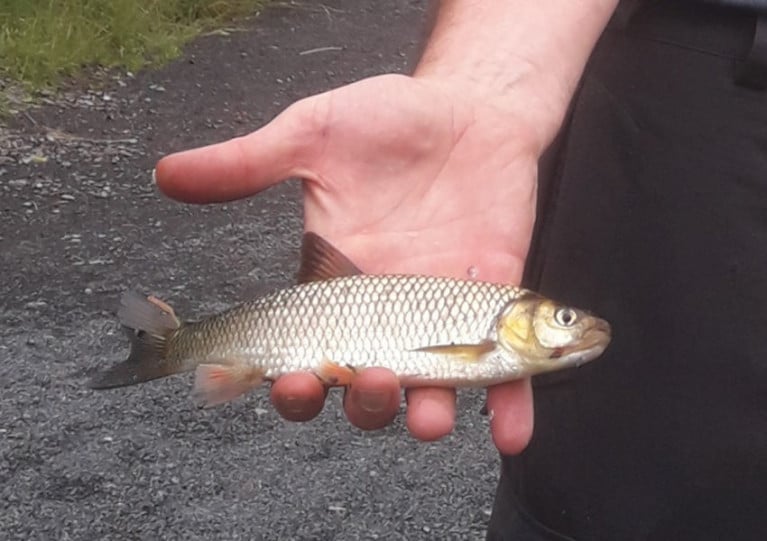Displaying items by tag: Chub
Invasive Fish Species Chub Confirmed In Shannon Tributary
Invasive chub have been confirmed in the River Inny in Longford, according to Inland Fisheries Ireland (IFI).
A single fish was caught on rod and line at one of a number of spots where IFI staff recorded possible sightings following reports from members of the public.
Chub (Squalius cephalus) are non-native to Ireland, with the potential to compete with native species for food and space as well as be a carrier of fish diseases and parasites.
The River Inny — a tributary of the Shannon — is the only Irish river in which they have been recorded thus far, and removal operations between 2006 and 2010 were thought to have eradicated the species from the system.
It is not yet clear whether the current chub are linked to the original population or were more recently introduced.
However, the threat of chub spreading through the Shannon system “is of real and pending concern to the biodiversity of Ireland’s biggest catchment”, says the fisheries body.
IFI’s head of research Dr Cathal Gallagher explained: “Ireland’s rivers are ecologically important ecosystems, which support significant recreational fisheries for native and established fish species.
“Non-native fish species threaten these ecosystems and the game and coarse fisheries that they support — potentially in unforeseen ways — and are thus a cause for concern.”
IFI appeals to anglers to protect Ireland’s fisheries by not moving fish between watercourses for any reason and to submit any sightings directly to IFI or on the hotline at 1850 347424 or 1850 FISH24.
























































